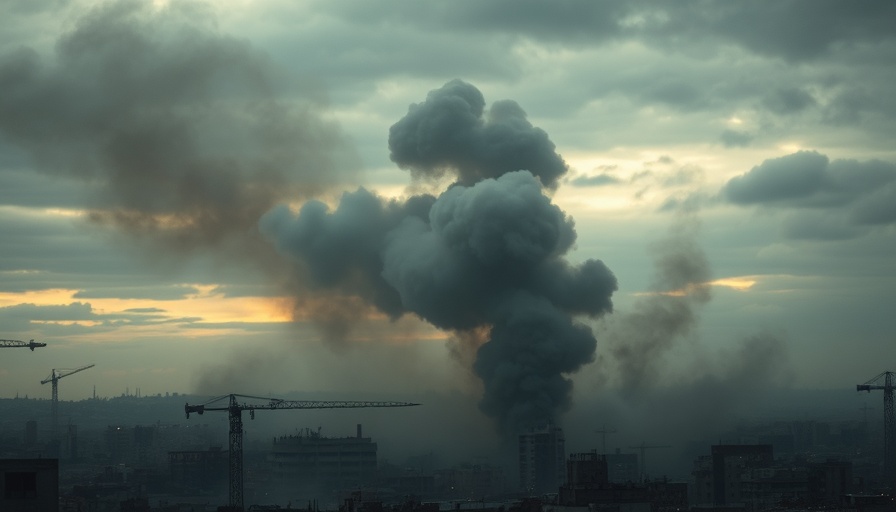
Trump's Peace Plan for Gaza: Can Hope Finally Bloom?
A ceasefire and the promise of peace spark cautious optimism regarding the long-standing conflict between Israel and Hamas. Recently, U.S. President Donald Trump announced that both sides had agreed to the initial stages of a proposed 20-point peace plan aimed at ending the two-year war that has inflicted substantial suffering on both Israelis and Palestinians.
The Key Elements of Trump's Plan
Referred to as the first phase of the peace initiative, the agreement includes two major components: a ceasefire and a hostage agreement. Following indirect discussions mediated in Egypt, Trump disclosed that Israel and Hamas had ‘signed off’ on the deal, implying that hostages taken during the Oct. 7, 2023, assaults would soon be released, along with demands for a structured Israeli troop withdrawal from Gaza.
In the wake of this announcement, Israeli Prime Minister Benjamin Netanyahu commended the decision, citing “decisive leadership” as vital to reaching this moment. He noted, “It is a day for optimism,” though the path ahead remains fraught with challenges.
Who Benefits from the Deal?
The peace deal comes as a moment of potential relief for families of captives held by Hamas. In light of the horrendous toll taken during the last two years—resulting in over 66,000 Palestinian deaths and substantial Israeli casualties—the prospect of renewed humanitarian aid and a structured peace is seen as a sliver of hope in a region shrouded in despair.
The announcement also reflects changing dynamics in international relations, as support for Israel continues to be scrutinized against the backdrop of an increasingly dire humanitarian situation in Gaza. Trump has hinted that further phases of the plan will include a disarmament of Hamas, a key Israeli demand that has not been publicly accepted by the militant group.
A Historical Context for Current Negotiations
The history of the Israeli-Palestinian conflict is marked by cycles of violence, failed negotiations, and humanitarian crises. The initial U.S. proposal followed a sustained ceasefire effort that included significant input from Qatar, Turkey, and European allies. As events unfolded, Hamas showed increasing willingness to engage, indicating potential fatigue with ongoing hostilities and external pressures from Arab nations.
Insights into Implementation Challenges
Despite the current optimism surrounding the initial approval of the peace plan, substantial uncertainties remain unaddressed. Major questions loom regarding the logistics of hostage exchanges and the actual enforcement of the ceasefire agreement. The situation is further complicated by political opposition from hardliners within Israel who may reject any concessions made to Hamas.
Netanyahu's cabinet is divided over the approach to Hamas, reflecting a broader spectrum of views within Israeli politics on how to handle Palestinian leadership—a dynamic that could hinder the implementation of peace measures.
What Lies Ahead for Gaza?
As hostilities pause and negotiations advance, the international community watches intently. It is pivotal that both Israel and Hamas adhere to the terms of the agreement and demonstrate a commitment to peace and stability. Reconstruction efforts will be essential in rebuilding Gaza's devastated infrastructure, necessitating cooperation from both sides and robust international support to transition from war to rebuilding.
Final Thoughts and Moving Forward
The announcement of a peace plan is a tentative step toward hope for a region battered by violence. While skeptics remain, the notion of peace and cooperation may hold the potential for transformative change in a longstanding conflict. It’s crucial for stakeholders to seize this opportunity, negotiate in good faith, and bring long-lasting peace to both Israel and Palestine.
Stay informed about further developments in the peace process and consider how humanitarian efforts can continue to aid those affected by this ongoing crisis. The time for supportive global action is now, as we look towards a more stable future for the region.
 Add Row
Add Row  Add
Add 




Write A Comment